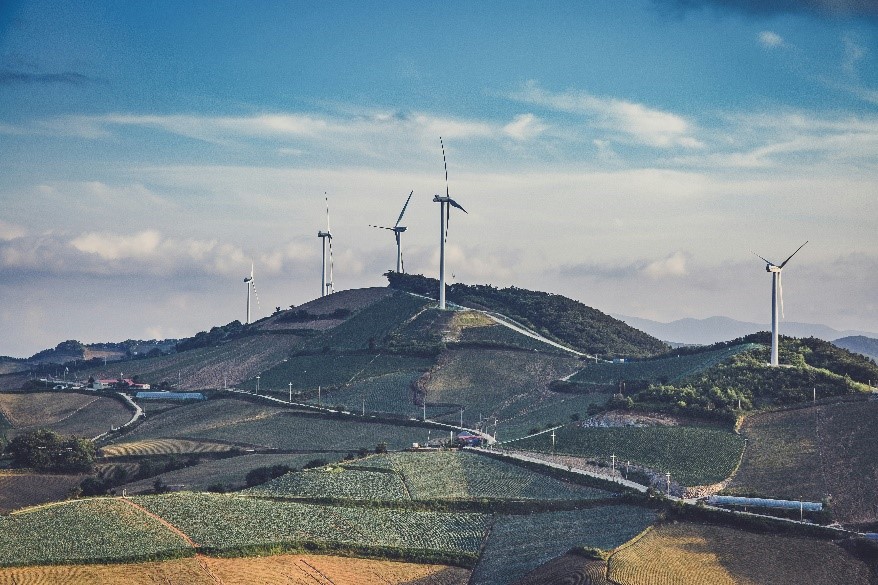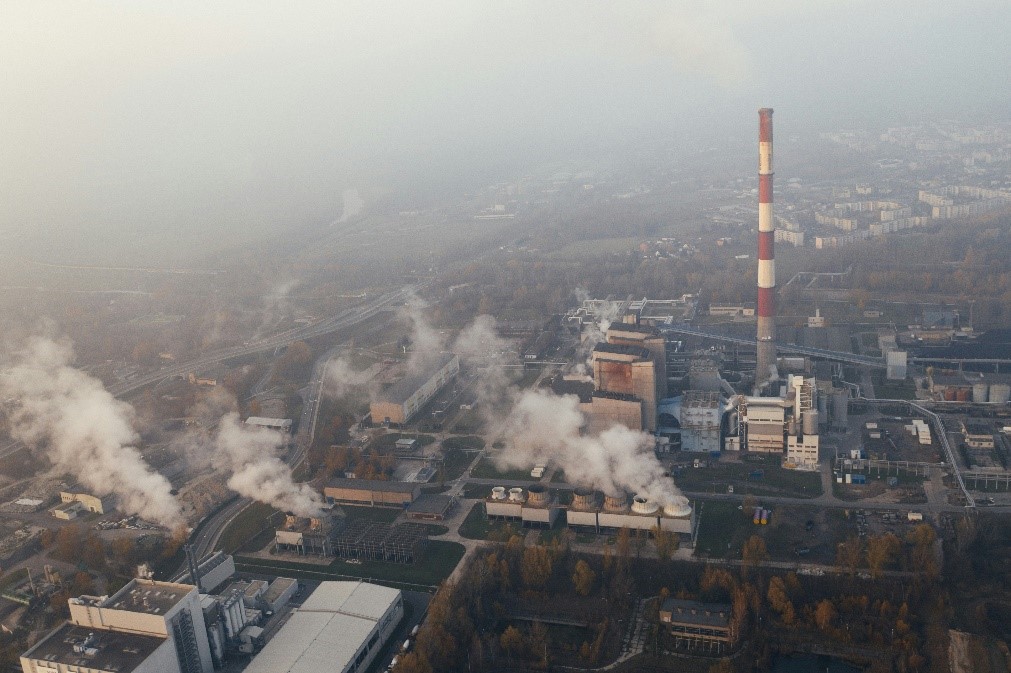
Green Growth: Sustainable Future or Myth? – Part Two
We continue our series exploring alternative economic models. Here, in the second of three parts, we examine green growth, which seeks to achieve continued economic growth that is more environmentally sustainable.
Read Green Growth: Sustainable Future or Myth? – Part One here.
The Path to Green Growth
The environment is often thought of as an infinite source of natural resources. But as our pressing environmental crises make clear, the earth’s resources are not infinite. Nor are they able to cope with current levels of high demand.
To achieve green growth there needs to be a paradigm shift. How we harvest natural resources and interact with the wider environment has to change. Under a green growth model, the environment can be considered natural capital. Currently, that capital is often inefficiently managed, with precious resources wasted or used inefficiently.

If the environment is considered as productive capital, it makes sense to invest in it. In this “greener” framework, environmental policies increase economic outputs by improving environmental conditions, for example, policies that prevent soil erosion would long-term lead to more productive agriculture.
A main driver for degrowth is also the transition towards sustainable energy systems, such as investing in renewable energy sectors including solar and wind and ending fossil fuel subsidies. To accelerate the deployment of low-carbon technology, standards, regulations and subsidies can be diverted from supporting the fossil fuel industry and instead invested in renewable energies. If the right economic levers are pulled, including investment in innovation incentives, then this can facilitate the acceleration of the development of zero-emissions technologies, which will be vital to manage a transition to green growth.
The Rebound Effect
Many proponents of green growth believe that technological breakthroughs and innovation will ensure absolute decoupling in the future and more efficient resource use. However, some researchers predict that the potential rebound effect cancels out any possible gains in resource efficiency.
The rebound effect is caused as improvements in resource efficiency means the reduction of costs for goods and services, which in turn drives up demand. And may lead to a situation of our growing population consuming more resources rather than less. Any rebound effect that increases the extraction of primary resources will exacerbate negative environmental impacts and contribute to further degradation.

UNEP itself recognises the risk of a rebound effect of any potential improvements in resource efficiency, stating:
Resource efficiency alone is not enough. Productivity gains in today’s linear production system are likely to lead to increased material demand through a combination of economic growth and rebound effects.”
In light of this, UNEP has suggested further investigation into the Circular Economy model.
Is Green Growth Happening?
Over the past decade, some high-income countries, including Australia, Austria, Belgium, Canada, Denmark, France, Germany, Luxembourg, the Netherlands, Sweden, and the UK, have reduced their CO2 consumption emissions while increasing their gross domestic product (absolute decoupling) – which has been hailed as a success of green growth.
However, according to one study in The Lancet, despite these 11 countries achieving absolute decoupling between 2013 and 2019, the emission reductions achieved fell far short of their Paris Agreement obligations.

The Paris Agreement requires that each country pledge to reduce their emissions to stay within the carbon budget. The aim is to cap global warming at an increase of 1.5 degrees above pre-industrial levels.
According to the study:
At the achieved rates, these countries would on average take more than 220 years to reduce their emissions by 95%, emitting 27 times their remaining 1.5-degree fair-shares in the process. To meet their 1.5 degree far-shares alongside continued economic growth, decoupling rates would on average need to increase by a factor of ten by 2025.”
Given the climate crisis, the question is how fast countries can reach net zero emissions. Insufficient reductions will lead to dangerous global warming and worsen climate injustices, especially in low-income countries in the Global South. The challenge is achieving absolute decoupling quickly enough to meet Paris Agreement commitments. With so many sectors still reliant on fossil fuels, many researchers cast doubt on the potential of green growth transition.
Indeed, the study, Is Green Growth Happening, states:
… if green growth is supposed to be consistent with the climate and equity targets of the Paris Agreement, then green growth has not been achieved in high-income nations, and it appears very unlikely to be achieved in the future.”
_________________________________________________
This is part two of Green Growth: Sustainable Future or Myth?.
You can read part one here.



